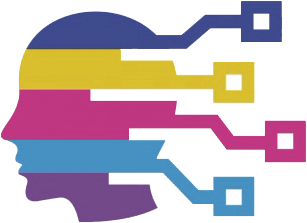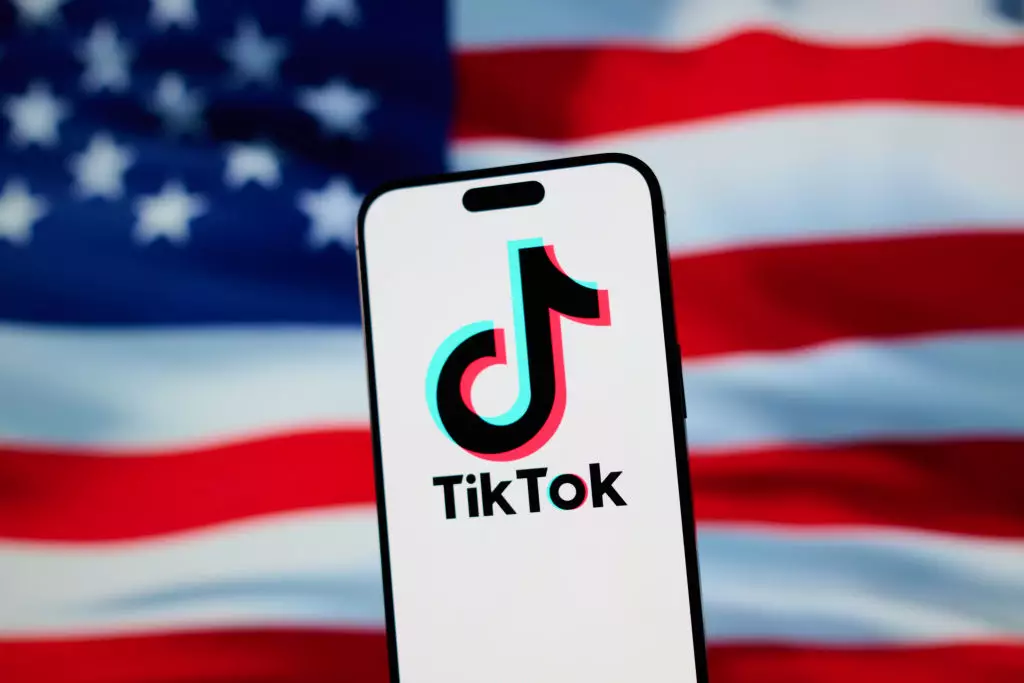After enduring a prolonged removal from the digital ecosystem, TikTok regained its footing in the United States on a Thursday evening, more than 25 days after being taken down by Apple and Google. The controversy stems from a national security law, prompting both tech giants to remove the app from their respective digital marketplaces, the App Store and the Play Store, on January 18. This unprecedented action not only affected TikTok but also led to the removal of associated ByteDance applications, including CapCut and Lemon8, which were reinstated along with TikTok. The situation highlights the complex interplay between technology, national security, and user access to digital platforms.
The consequences of TikTok’s removal were felt keenly by its vast user base. Although TikTok worked to restore services for existing users as early as January 19, the absence of the app on official stores posed a significant barrier. New and returning users who uninstalled TikTok faced an uphill battle in reacquiring the app. The situation became so dire that TikTok encouraged Android users to circumvent traditional installation methods by sideloading the application directly from the company’s website. This unorthodox approach exemplifies the lengths to which TikTok had to go in order to maintain its audience and visibility amidst a climate of uncertainty and regulation.
The saga took a political turn when former President Donald Trump signed an executive order shortly after taking office, which put TikTok on a 75-day countdown. During this period, ByteDance was pressured to divest TikTok to a U.S.-based entity or risk a full ban. Trump suggested that American interests should acquire a 50% stake in TikTok, alongside other companies, hinting at a future where the U.S. would exert significant influence over the platform. The executive order was emblematic of the rising tensions between technology firms and government entities, raising questions about ownership and control in the digital age.
The repercussions of the removal extended beyond TikTok itself, impacting social media dynamics as well. Competing platforms seized upon the uncertainty surrounding TikTok’s status. Services like X and Bluesky quickly rolled out vertical video feeds, aiming to capture the attention of TikTok’s user base, while Meta introduced a video editing app in direct competition with CapCut. This strategic pivot by competitors indicates a growing recognition of the importance of engaging, short-form video content as a dominant form of digital expression.
Despite the challenges posed by this national security saga, TikTok demonstrated resilience, illustrated by a significant recovery in user traffic, reaching nearly 90% of its pre-ban levels, as reported by Cloudflare Radar data. Moreover, with 52 million downloads last year, TikTok was the second most downloaded app in the U.S., affirming its strong foothold in the social media landscape. As the platform navigates these tumultuous waters, the interplay between technology, regulation, and cultural expression will continue to shape its trajectory and influence within the digital space. The restoration of TikTok serves as a reminder of the delicate balance between innovation, security, and user freedom in an increasingly complex digital world.

